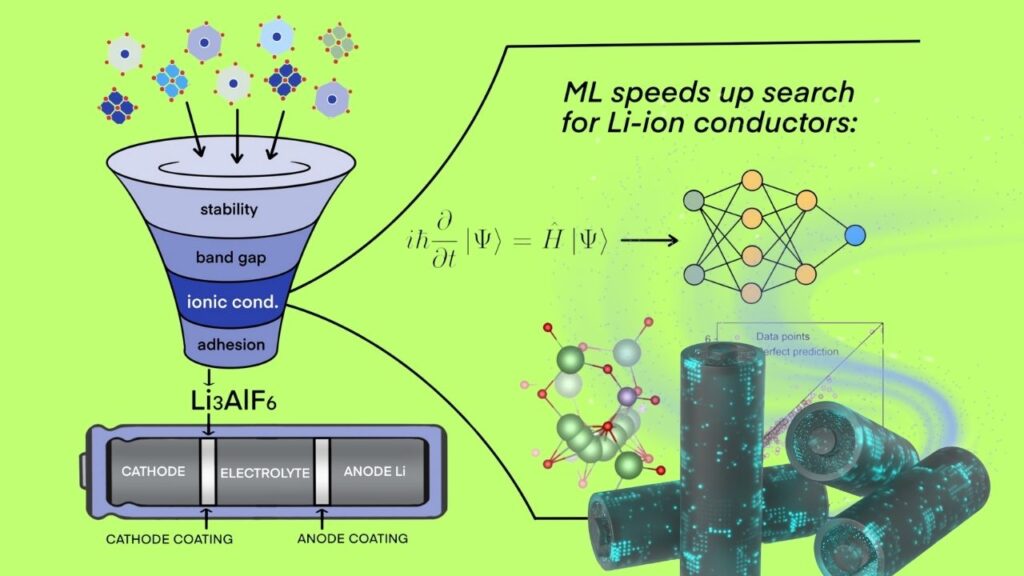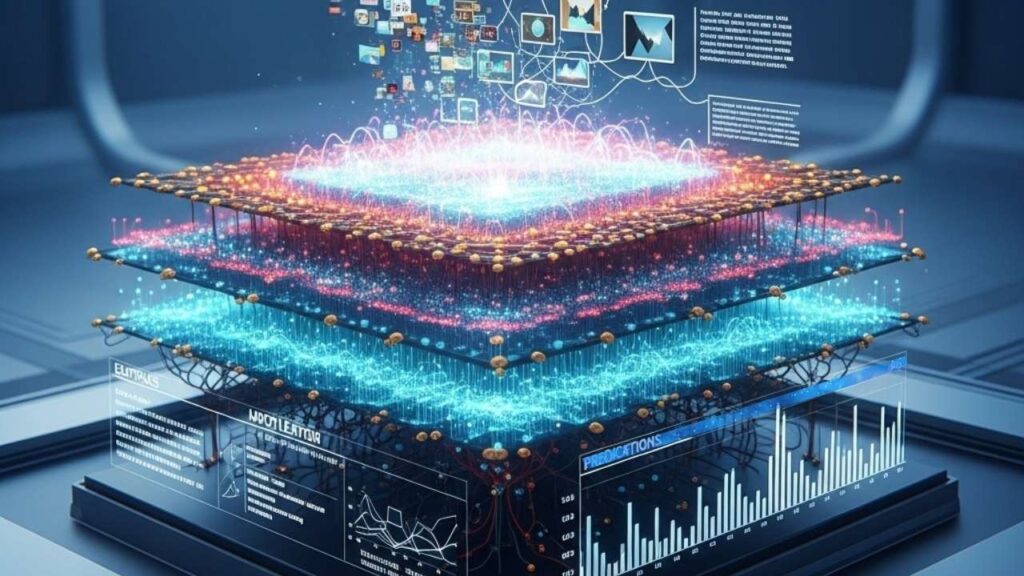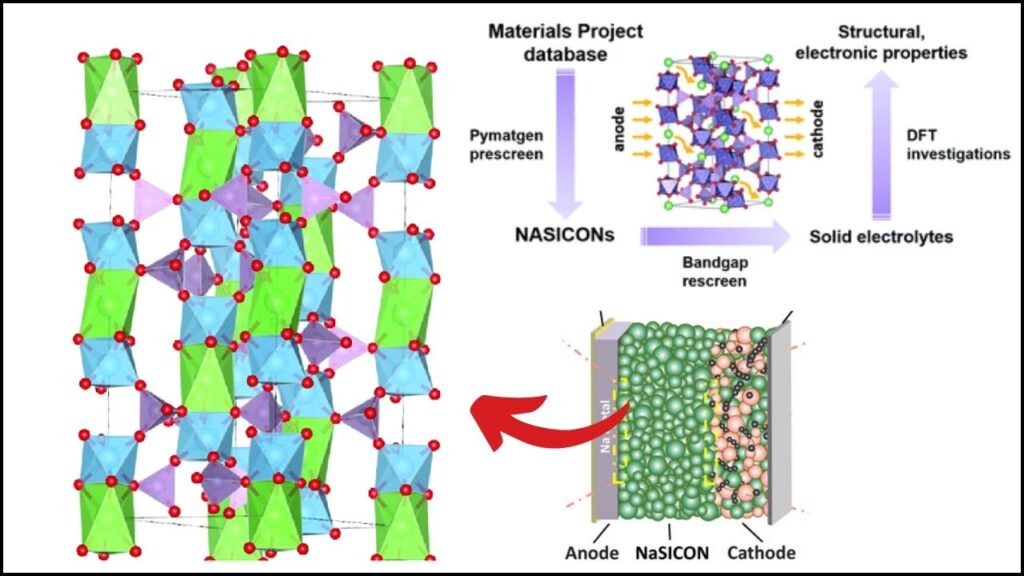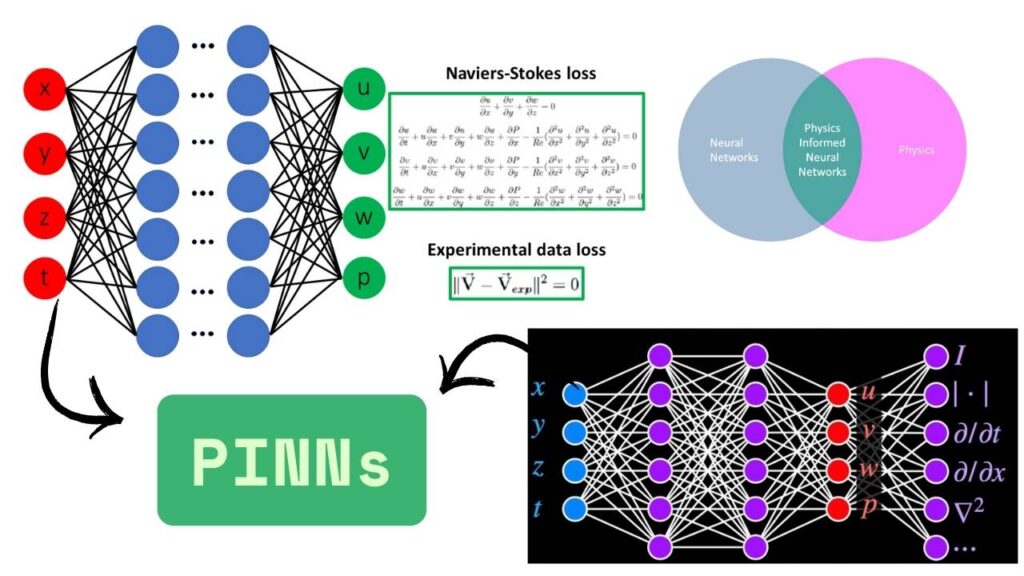Neural Networks Improve Efficiency of Solid-State Battery Research: Neural Networks Improve Efficiency of Solid-State Battery Research by using advanced computer models that learn from data—helping scientists quickly find new materials, predict battery performance, and make safer, longer-lasting batteries.

Solid-state batteries are seen as the future of energy storage because they offer higher energy density, improved safety, and longer life than today’s lithium-ion batteries. But developing them isn’t easy. Finding the right combination of materials, testing them, and understanding how they perform takes years and significant investment.
That’s where neural networks are making a real difference. These AI tools can analyze massive amounts of data to uncover patterns, forecast performance, and guide research—cutting development time from years to months.
Neural Networks Improve Efficiency of Solid-State Battery Research
| Topic | Details |
|---|---|
| Materials screened | Over 12,000 solid-state candidates analyzed using AI |
| New materials discovered | More than 130 promising solid electrolytes identified |
| Prediction accuracy | Ionic conductivity models reached over 96% accuracy |
| Battery health forecasting | State of Charge error below 0.1%, State of Health error under 0.87% |
| Key AI techniques used | GNNs, CNNs, RNNs, PINNs, batteryNET |
| Research source | Peer-reviewed battery materials and AI research publications |
Neural networks are dramatically improving the efficiency of solid-state battery research. With their help, scientists can screen materials, predict aging, detect flaws, and optimize production far faster than ever before. While they don’t replace lab work, these tools offer a major boost to battery innovation—bringing us closer to safer, longer-lasting energy storage for electric vehicles, smartphones, and renewable power.
1. What Are Neural Networks?
A neural network is a computer model inspired by the human brain. It learns from examples—like images, numbers, or measurements—and remembers patterns that lead to the best outcomes. Once trained, it can make smart predictions without needing detailed programming.

Some commonly used neural network types include:
- Graph Neural Networks (GNNs) – Used for understanding crystal structures.
- Convolutional Neural Networks (CNNs) – Great for analyzing patterns in materials.
- Recurrent Neural Networks (RNNs) – Used for predicting battery aging over time.
- Physics-Informed Neural Networks (PINNs) – Combine scientific equations with machine learning for improved accuracy.
2. Step-by-Step: How Neural Networks Improve Battery Research
2.1 Fast Material Screening
- Scientists use large material databases to access thousands of crystal structures.
- GNNs scan these structures to predict how stable and conductive each material is.
- AI models have helped researchers evaluate more than 12,000 materials.
- This process led to the discovery of over 130 new solid electrolytes—without needing to test them all in the lab.
2.2 Predicting Battery Health
Neural networks are also used to predict how batteries perform over time.
- State of Charge (SOC): AI can estimate how much energy is left in a battery with less than 0.1% error.
- State of Health (SOH): Models can track aging with an error rate under 0.87%.
- Remaining Useful Life (RUL): RNNs help estimate how long a battery can continue working safely.
2.3 Seeing Inside Batteries
Advanced tools like batteryNET analyze internal battery images. They use CNNs to spot small structural problems—like lithium buildup—that could lead to failure. This helps researchers fix design problems early.
2.4 Improving Manufacturing
Neural networks help engineers optimize production steps such as:
- Material composition
- Film thickness
- Sintering temperatures
Some researchers are now using reinforcement learning to automatically suggest the best production settings for better performance.
3. Real Examples of Neural Networks in Action
NASICON Solid Electrolytes

Researchers trained a CNN to predict the ionic conductivity of NASICON-based materials. The AI model’s predictions were verified in the lab and aligned closely with actual results, speeding up material testing.
batteryNET for Defect Detection
Scientists at a major research lab developed batteryNET to analyze 3D images of solid-state batteries. This tool helps identify internal failures, such as dendrite growth or lithium clumping, before they cause breakdowns.
PINNs for Battery Aging

A physics-informed model predicted battery aging more accurately than standard AI tools. It combined machine learning with real-world battery behavior, reducing prediction errors for State of Health to under 1%.
4. Why It Matters
Neural networks offer many benefits in solid-state battery development:
- Speed – AI can evaluate thousands of materials in days rather than years.
- Cost-Effectiveness – Fewer lab experiments mean reduced research costs.
- Precision – Models achieve prediction accuracy as high as 96%.
- Scalability – These methods can be used in small research labs and large manufacturing facilities alike.
- Safety – Real-time defect detection can help prevent failures.
5. Challenges and the Road Ahead
Despite the promise, there are still challenges to overcome:
- Data Quality – Models need large, high-quality datasets to work well.
- Transferability – Some models only work for certain battery chemistries.
- Interpretability – Understanding how the model arrives at decisions is not always easy.
- Validation – Predictions must be confirmed with real-world tests.
- Integration – Merging AI tools into current lab workflows takes time and effort.
Moving forward, researchers are working on:
- Generative AI to create entirely new materials.
- Reinforcement learning to automatically tune battery properties.
- Combining AI with robotics to build automated discovery systems.
6. Practical Tips for Professionals
Here’s how professionals and researchers can begin using neural networks in battery R&D:
- Gather Data – Start with a solid dataset from lab tests or simulations.
- Pick the Right Model – Use GNNs for crystal analysis, CNNs for pattern detection, and RNNs or PINNs for time-series and health tracking.
- Train & Test – Train your model with labeled data and test for accuracy.
- Validate Results – Always verify AI predictions with real experiments.
- Iterate – Use new data to refine and improve models continuously.
- Collaborate – Share findings and use open-source tools to accelerate progress.
Wi-Fi Through the Ceiling Enhances Indoor Connectivity
Photonic Processor Could Help Power the Next Generation of 6G Wireless
Zinciodine Battery Offers a New Alternative to Lithium-Ion Technology
FAQs About Neural Networks Improve Efficiency of Solid-State Battery Research
Q: What is a Graph Neural Network (GNN)?
A: A GNN is a model that understands materials as networks of atoms and bonds, which helps predict stability and conductivity of battery materials.
Q: How accurate are these models?
A: Some models reach over 96% accuracy in predicting material properties. Others estimate battery health with less than 1% error.
Q: Are these tools available to small research labs?
A: Yes. Open-source AI platforms and public material databases make it easier for small teams to get started.
Q: Can AI replace laboratory testing?
A: No. AI helps narrow down options and guide experiments but cannot replace hands-on validation.
Q: What’s next in AI-powered battery research?
A: More autonomous research pipelines, smart robotics, and hybrid models that mix AI with physics and chemistry knowledge.






